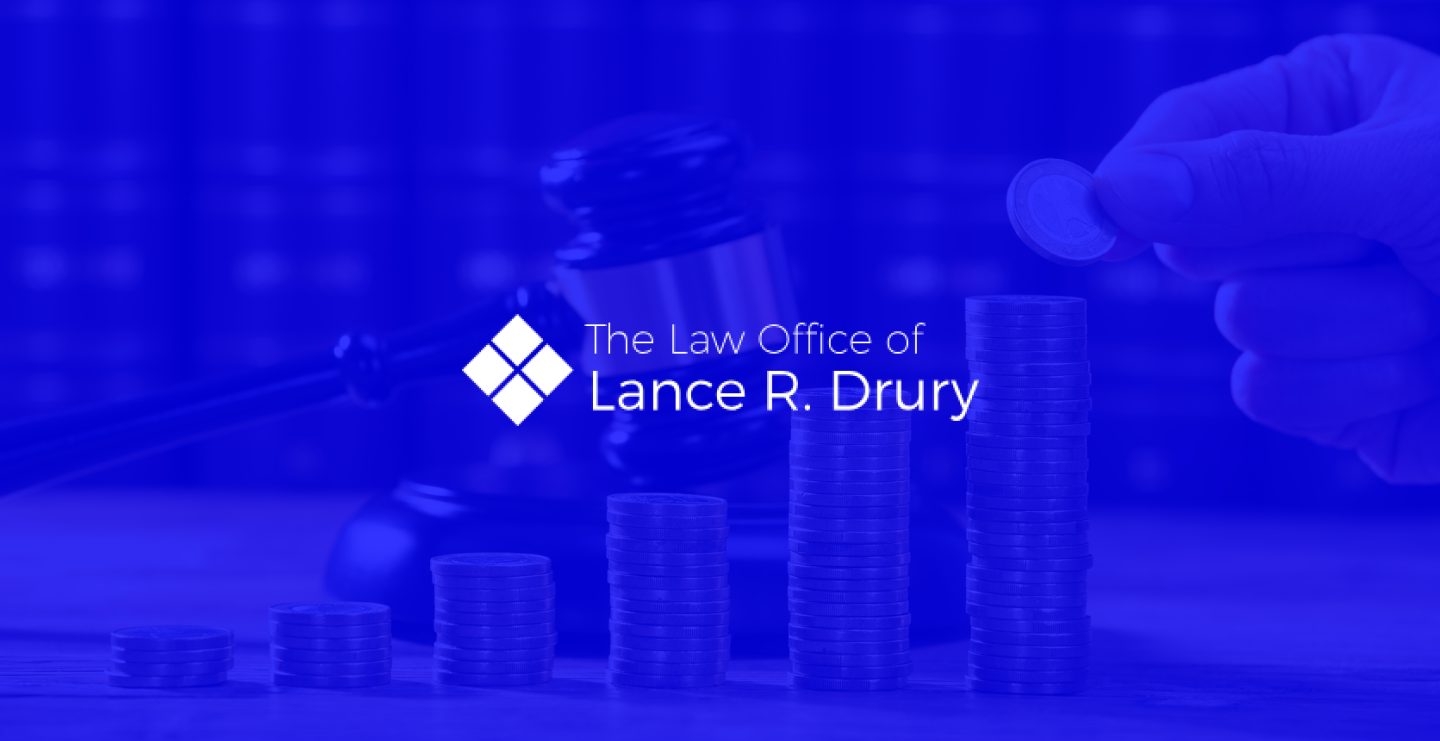Tax Resolution Agreements: Understanding Penalties and Interest
Federal tax law in the United States is complicated, and it can be difficult for even seasoned tax professionals to stay on top of these laws as they change nearly every year. If you have a more complicated tax situation, such as owning a small business, multiple income sources, or international assets, this can be an even bigger challenge. Sometimes, mistakes are made, and you find out that you owe back taxes to the IRS. These back taxes usually come with substantial penalties and interest, which can make your tax debt thousands of dollars more. It’s important to understand how penalties and interest are assessed and what your options may be for mitigating these extra expenses.
Tax Resolution Agreements
Tax resolution is an area of practice that involves a tax resolution professional helping you with your tax issues. This can include going through years of tax returns and financial statements to determine if and where errors were made, helping you understand any tax relief options that may be available to you, and talking to the IRS on your behalf. A tax resolution agreement is an agreement that you enter into with the IRS and generally includes paying your tax debt back in installments over time.
However, there are some other arrangements that can sometimes be made, such as partial pay agreements or getting currently not collectible (“CNC”) status through the IRS. It’s crucial to work with a tax resolution professional, such as the tax law attorneys at the Law Office of Lance R. Drury, who has extensive experience and is very familiar with the most recent tax laws.
How Penalties and Interest Are Usually Assessed
If you don’t follow the tax laws and rules, you can face additional penalties in addition to back taxes, including penalties and interest. Penalties are generally assessed if you:
- Don’t file your taxes on time
- Fail to pay your tax balance on time
- File an incorrect return, such as reporting the wrong income or taking credits you weren’t eligible for
- Don’t respond to the IRS’ request for more information in a timely manner.
There are many types of tax penalties, and all are handled in a slightly different way. They can vary by amount, and some are charged each month that you’re not in compliance. For example, the penalty for failing to file your personal income taxes on time is generally 5% of the unpaid taxes for each month. The penalty won’t exceed 25% of your unpaid taxes. The penalty for underpayment of estimated tax by an individual varies depending on how much you were off in your estimates. The Failure-to-File and Failure-to-Pay penalties are different; these can accrue simultaneously with one another but accrue at the same rate. Therefore, for example, if you fail to file and pay your personal income taxes on time without good cause, you could be liable for as much as 50% of the back amount of taxes owed if a sufficient amount of tax passes.
Interest is also assessed on back taxes and penalties and compounds daily. The interest rate varies based on the current federal short-term interest rate, so it’s important to work with a tax law professional to determine how much interest you could be paying. Interest generally cannot be removed, or abated, by anyone, lawyer or not, absent highly unusual circumstances, like an erroneous interest calculation or an unreasonable delay on the IRS’ part.
When Is Penalty Relief Available? What are the Types of Relief?
In some cases, penalty relief, or penalty abatement, is available through the IRS if you have a qualifying circumstance. In general, this is limited to the following circumstances:
1. Administrative Waiver, or “First Time Abatement”
a. Penalty relief by administrative waiver is one of the most common types of relief for those who are navigating this process for the first time. To qualify for an administrative waiver, also called first time abate, you need to have a history of tax compliance. This means it must be the first time you’ve had an issue with not paying your taxes correctly in the three years prior to the year the penalty applies to. Only certain penalties are eligible for first time abate, including failure to file a tax return, failure to pay taxes, and failure to deposit.
2. IRS errors and other statutory exceptions;
b. Penalty relief is also available through statutory exception. This option generally applies to situations where you acted in good face but were unable to file or pay your taxes on time. For example, if you mailed the return on time but it was lost, you may be able to show proof that you mailed the return and receive a penalty waiver. Other examples include relying on incorrect written tax information from the IRS itself or being involved in military operations in a combat zone.
3. “Reasonable Cause”: This method allows you to argue that there was a specific reason that you were unable to file or pay your taxes, referring much of the time to those who can show that the tax error was not willful and that they did everything they could to comply with the tax laws, but certain issues happened outside of their control. Some examples of qualifying reasons include natural disasters, including fires, civil unrest, a death in the immediate family, and an inability to access records needed to file. “Reasonable cause” can allow the opportunity to cast a broad net to attempt removal or abatement of penalties, but it is also a much more stringent and difficult standard to reach than what it sounds like. Mere “forgetfulness” as the sole reason will never work in perhaps all cases in our experience.
You should also understand that it will in most circumstances take an appreciable length of time to abate penalties, anywhere from 10 to 15 months, in our experience depending on the situation. Therefore, it is critical that you consult with an experienced tax attorney who can vet options and ensure that attempting a penalty abatement is not a waste of time and whether any avenues for relief should be attempted before requesting the abatement.
When working out penalty abatement, you should finally understand that it is important to resolve any underlying tax issues before moving on to penalty relief. Becoming overly focused on accruing penalties and interest before any underlying tax issues are resolved may frustrate the overall resolution process for your tax case. In most cases, a qualified tax professional should first attempt to address the underlying issues that caused the penalties and then attempt penalty relief. Otherwise, underlying tax debt left unaddressed may just add back new penalties and interest that were previously removed, because the tax debt continues to remain on the IRS’ account without resolution.
For the above reasons, it’s important to talk with a tax law attorney before requesting penalty relief to ensure that you understand whether you’re eligible and what you will need to provide. You will need to explain to the IRS why you believe the penalty should be waived. A tax attorney can help you with this, including speaking to the IRS on your behalf. The penalties and interest on back taxes can add up to thousands and even tens of thousands of dollars in some cases. Get help with tax resolution and penalty relief options by calling The Law Firm of Lance R. Drury at 888-367-6512.

 Call Us Now
Call Us Now Email Us Now
Email Us Now


